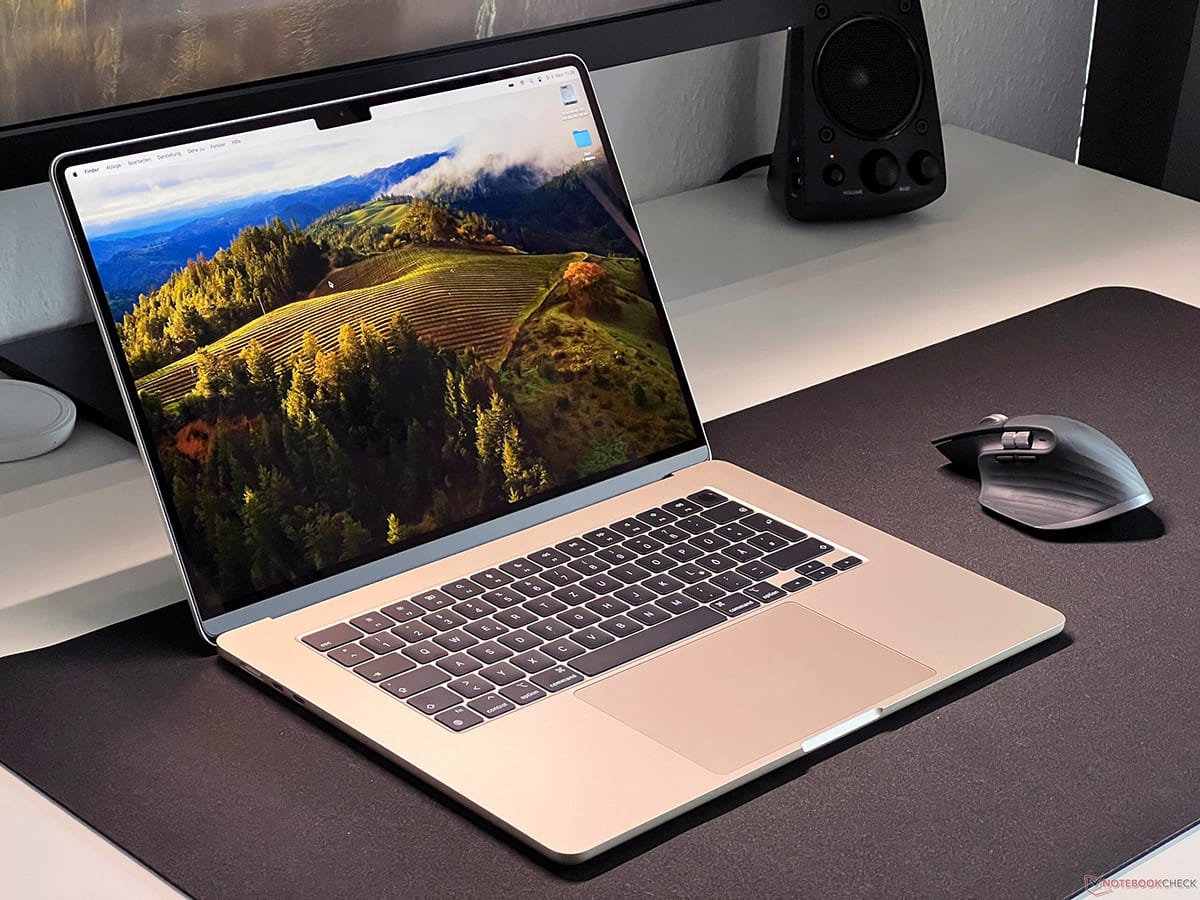Apple might be giving up on the idea of releasing a MacBook Air with an OLED display for the time being. The cost of the panels has turned out to be higher than anticipated, and finding new suppliers to lower the costs is proving to be more difficult than expected.
Supplier Challenges
Korean news sources report that Samsung will be the only supplier of tandem OLED displays for a MacBook Pro set to launch in 2026. This could mean that Samsung might also be the only maker of OLED screens for the MacBook Air, leading to concerns about high prices due to their strong position in the market.
Apple is adopting dual-stack tandem OLED technology from LG and Samsung for the iPad Pro (2024), marking the first time this tech is used, which boosts peak brightness and extends the display’s lifespan compared to the traditional single-stack OLEDs found in iPhones.
Future Plans
For the OLED MacBook Pro, Apple aims to use long-lasting tandem OLED displays again since users tend to keep their laptops for many years. Although LG was the first to develop tandem OLEDs, they are currently at full capacity with iPad Pro panel production. By 2026, Samsung is expected to be ready to supply dual-stack OLED screens exclusively for the MacBook Pro.
Even though Apple had plans to use a single-stack OLED for the MacBook Air, which was supposed to be released after the OLED MacBook Pro, it still finds the cost too high to include in its most affordable laptop.
Pricing Considerations
The starting price for the MacBook Air is only $999 on Amazon, in contrast to the MacBook Pro’s base model priced at $1,599. Apple seems to be waiting to see if its Korean suppliers can lower the prices on single-stack panels before it decides to outfit all its laptops with OLED displays, as reported by local media.
This situation might delay the launch of the OLED MacBook Air beyond the speculated 2027 release date, with Apple likely to continue using LCDs for the Air until it finds the single-stack OLED screens affordable enough to maintain its profit margins.
The delay is also influenced by the limited sales of the first iPad Pro featuring an OLED display, which is currently falling short of the 10 million unit target. This suggests that Apple’s customers may not see the value in paying extra for OLED technology, regardless of whether it’s dual-stack or not.


Leave a Reply